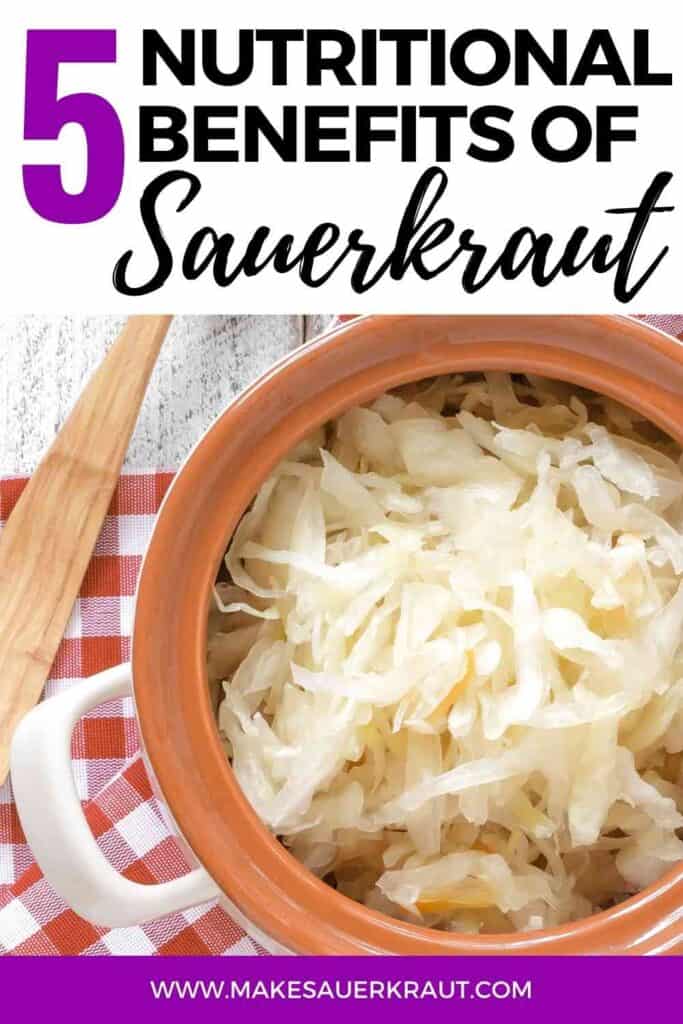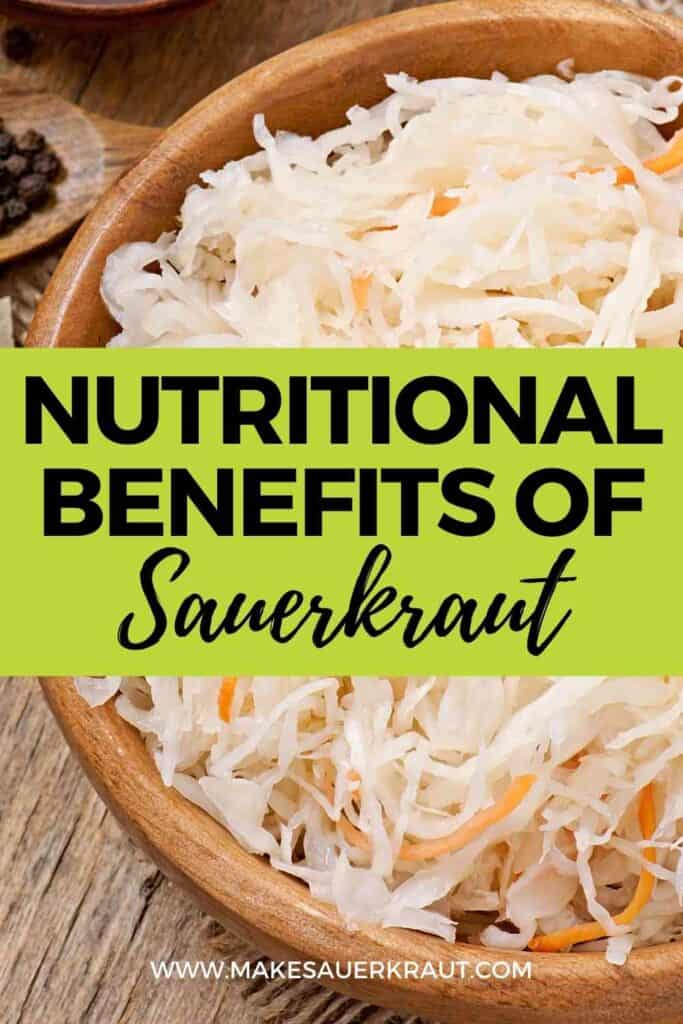Discover the incredible health benefits packed in every bite of sauerkraut! With its rich array of nutrients, sauerkraut is a simple yet powerful addition to your diet, effortlessly enhancing your meals with essential vitamins and probiotics. Let sauerkraut be your gateway to a healthier diet with minimal effort.
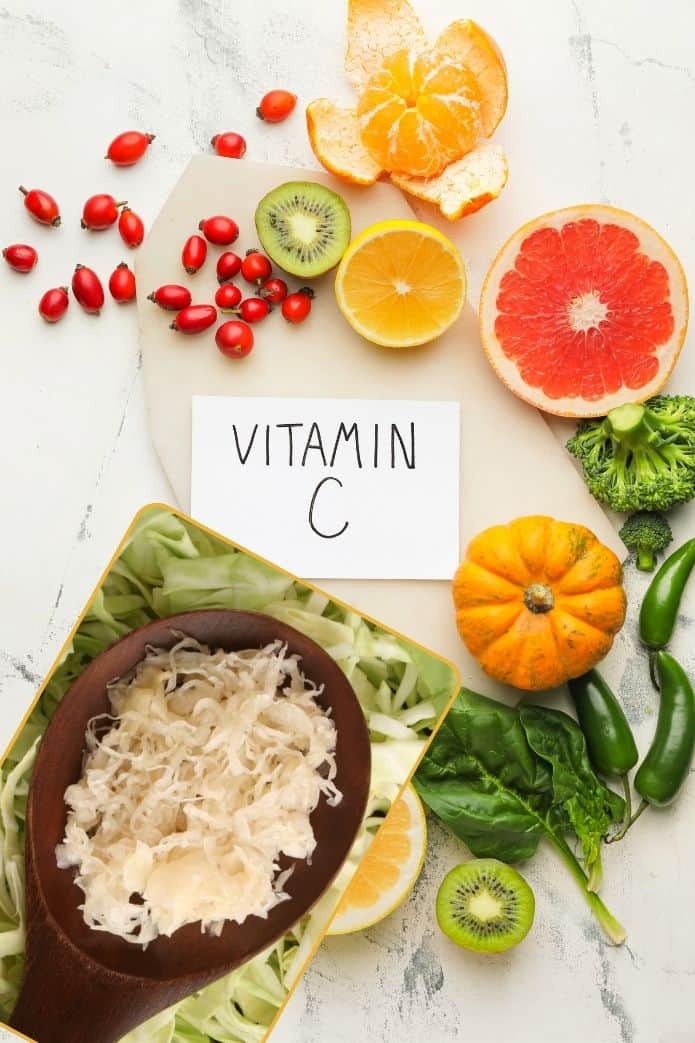
Many turn to sauerkraut for its gut health benefits. Others for the nutrients in sauerkraut.
Did you begin for one of these reasons, or were you drawn to learning an ancient art of preservation?
My journey with sauerkraut started years ago, driven by its role in traditional healthy diets, despite my initial lack of knowledge about its health properties.
Today, chefs all over the country are experimenting with various fermented foods to bring new and unusual flavors to their menus.
Sauerkraut, and fermented vegetables, are now a staple in our kitchen and are celebrated not just for their dietary fiber and probiotics, which aid digestion, but also for their antioxidants, enzymes, vitamins, and minerals essential for our health.
Let’s dive now into the wealth of nutrients in sauerkraut and uncover their benefits.
Nutritional Data for Sauerkraut
I utilized the USDA Food Composition Databases for “raw sauerkraut” to determine the estimated nutrients and their Percent Daily Values (DV) in a serving size of two heaping forkfuls, equivalent to 2 ounces (57 grams).
While nutrient levels can significantly vary among different producers, this data provides a reliable overview of sauerkraut’s primary nutrients.
Estimated nutrients in a serving size of 2 ounces (57 grams):
20 calories
0 grams fat
2 grams fiber
4 grams carbohydrates
2 grams sugar
1 gram protein
330 milligrams sodium, 14% DV
100 milligrams potassium, 3% DV
75 milligrams Vitamin C, 30% DV
10 micrograms Vitamin K, 45% DV
179 IUs Vitamin A
40 milligrams calcium, 2% DV
1 milligram iron, 6% DV
17 micrograms folate, 6% DV
*Percent Daily Values are based on a 2,000-calorie diet.
5 Surprising Health Benefits of Sauerktuat
1. Vitamins and Minerals
The vitamins found in sauerkraut are numerous: Vitamin A, B vitamins, Vitamin C, Vitamin K, and Vitamin U.
The minerals are iron, potassium, iodine, calcium, magnesium, manganese, and sodium, along with trace amounts of phosphorus, chlorine, cobalt, fluorine, silicon, boron, copper, zinc, sulfur, and selenium.
Vitamin C
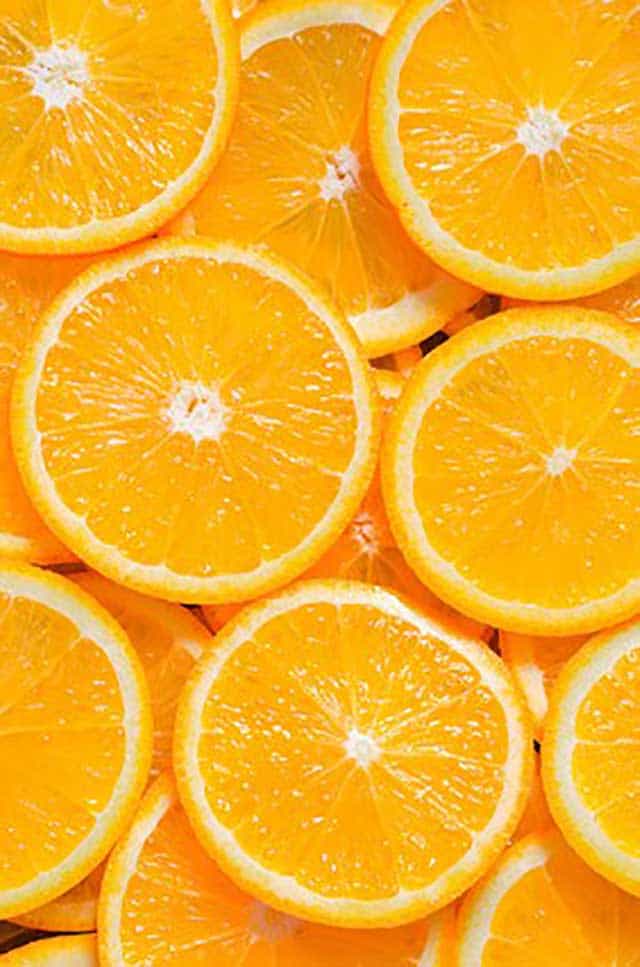
Cabbage has about 30 mg of Vitamin C per cup, but when fermented, it can have upwards of 600 mg per cup, with the highest levels seen in fermented red cabbage.
Scurvy, a disease caused by extreme Vitamin C deficiency, plagued sailors for centuries.
As an experiment to find a cure for scurvy, Captain James Cook sailed with 7,860 pounds of sauerkraut when he left England for the South Pacific in 1768. He returned home three years later to report not a single death attributed to scurvy.
Vitamin K2
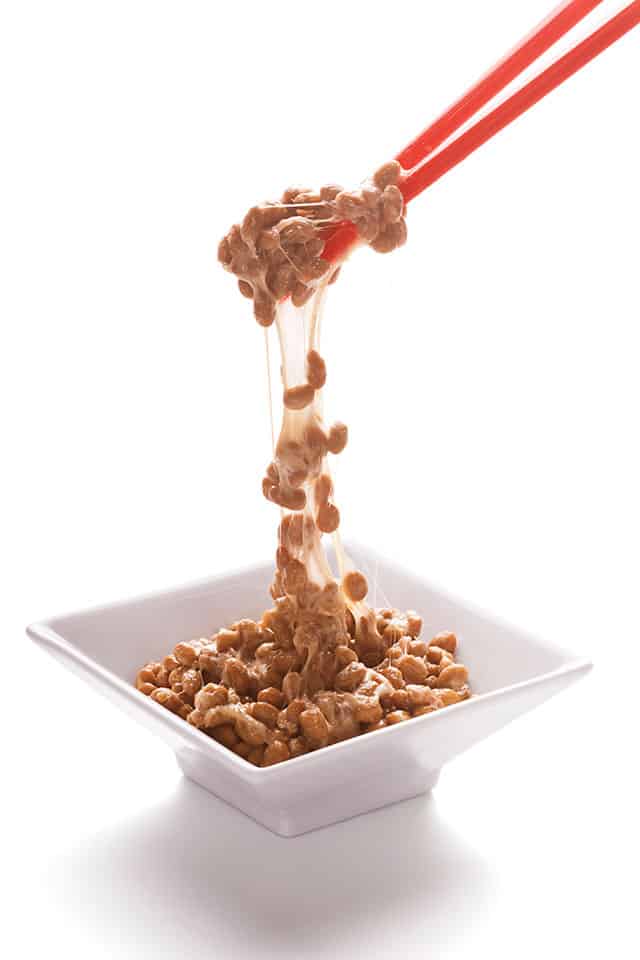
Vitamin K2, or menaquinone, is a fat-soluble vitamin produced by gut flora and found in natto, raw grass-fed dairy products, grass-fed liver, egg yolks, and certain fermented foods.
Research has shown that Vitamin K2 is one of the most important nutrients for long-term bone health due to its ability to assist calcium and other minerals to bind into the bone matrix to strengthen bones.
Vitamin K2 forms in the fermentation process, making sauerkraut and other fermented foods good sources of Vitamin K2.
Natto, a traditional Japanese food made from soybeans fermented with Bacillus subtilis, is hands down your best source of Vitamin K2, as further discussed in this post. However, its sliminess and the funky smell are a hard sell for most of us.
Sauerkraut contains 10 mcg of Vitamin K2 in a single serving; Natto, 500 mcg, or 100% of the DV in a single 2-ounce serving.
Vitamin U
Vitamin U is not a real vitamin but a term used to describe the enzyme S-Methylmethionine.
Whether taken as a supplement or from foods, Vitamin U has been shown to be able to treat a variety of gastrointestinal conditions, including ulcerative colitis, acid reflux, and peptic ulcers. Additionally, vitamin U may be able to reduce allergic reactions to cigarette smoke.
Vitamin U is found in raw cabbage and in sauerkraut, where the fermentation process makes it more bioavailable.
2. Various Strains of Probiotics or Bacteria
Many of us enjoy sauerkraut primarily for its beneficial live and active probiotics.
To ensure you’re getting these probiotics, it’s crucial to choose raw sauerkraut when selecting store-bought sauerkraut. This guide aims to assist you in selecting the best sauerkraut with probiotics.
Probiotics are the bacteria present in the vegetables fermented and grown during fermentation.
These various strains of probiotics help make foods more digestible and increase your gut’s ability to absorb nutrients. Lactobacillus plantarum and Lactobacillus acidophilus are a couple of the superstars found in sauerkraut.
Lactobacillus plantarum
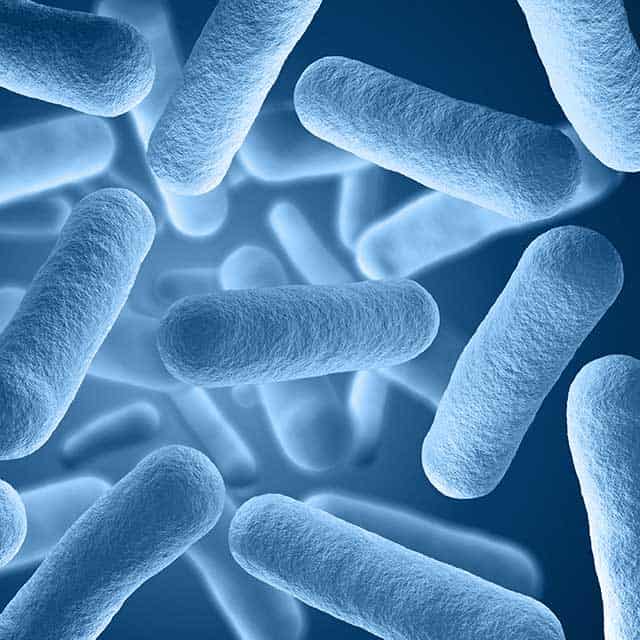
Rod-shaped Lactobacillus plantarum is extremely hardy and survives the acidic conditions of the stomach as it makes its way to your colon to colonize your gut.
Lactobacillus plantarum is known for its ability to produce hydrogen peroxide which your body uses as a defense against pathogenic bacteria as well as bacteria consumed in foods. It is the dominant species of bacteria in sauerkraut.
Lactobacillus acidophilus
Lactobacillus acidophilus colonizes most densely in the small intestine, where it helps maintain the integrity of the intestinal wall, ensure proper nutrient absorption, and support healthy overall digestive function.
Other Species of Bacteria in Sauerkraut
As we continue to improve molecular identification techniques, we have discovered many more species of bacteria in sauerkraut than just the four first identified: Leuconostoc mesenteroides, Lactobacillus plantarum, Pediococcus pentosaceus, and Lactobacillus brevis.
Probiotics are measured in colony–forming units or “CFUS.” The bacteria are identified by genus and species. The genus is the first word in a bacterium’s name; it’s the large group to which the bacteria belong. The species is the type of individual bacteria.
A few companies have had their product third-party lab tested and list bacteria on their product label. According to various labels, anywhere from 80 to 200 Billion CFS are present in a serving at the time of packaging. According to one label, bacteria count is maintained if the product is kept cold.
This list of currently known probiotics in sauerkraut includes the original species identified¹, additional species identified in a 2007² study, along with other species currently indicated on various product labels for sauerkraut:
Lactobacillus acidophilus
Lactobacillus brevis¹
Lactobacillus coryniformis
Lactobacillus curvatus²
Lactobacillus delbrueckii
Lactobacillus hammesii
Lactobacillus paracasei
Lactobacillus paraplantarum
Lactobacillus plantarum¹
Lactobacillus rhamnosus
Lactobacillus reuteri
Lactobacillus sakei²
Lactobacillus salivarius
Lactococcus lactis²
Leuconostoc argentinum²
Leuconostoc citreum²
Leuconostoc fallax²
Leuconostoc mesenteroides¹
Pediococcus acidilactici
Pediococcus cerevisiae
Pediococcus pentosaceus¹
Weissella koreensis
Weissella species
3. Beneficial Digestive Enzymes
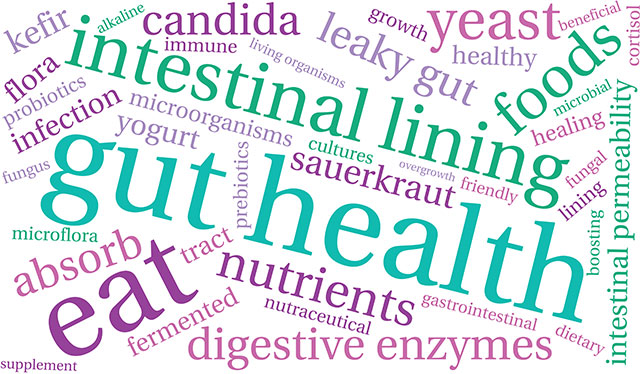
Digestive enzymes are biologically active proteins that are found throughout the body. They are destroyed by heat or pasteurization.
We get enzymes from the foods we eat and through the production of enzymes by our body. This is in contrast to probiotics, which are live bacteria found mainly in our digestive system. Our bodies can not make probiotics; however, probiotics do make enzymes.
Enzymes digest food by splitting food molecules into smaller building blocks for easy absorption into your bloodstream. Enzymes are effective at relieving common digestive issues such as gas, bloating, indigestion, heartburn, and general discomfort.
There are three main categories of digestive enzymes:
Protease that breaks down proteins into peptides and amino acids.
Amylase converts starch into simple sugars your body can absorb.
Lipase breaks down the fats in foods for optimal digestion.
For better digestion, it is important to consume fermented foods, such as sauerkraut, in addition to other raw fruits and vegetables, especially as we age, since it is believed that our body’s enzyme production may decline as we age.
Also helpful is to thoroughly chew our food! Enzymes produced in our salivary glands break down starches and fats as soon as you start chewing.
4. Antioxidants
Antioxidants are powerful substances found mostly in fruits and vegetables that benefit the body by neutralizing and removing free radicals from the bloodstream. Vitamin C, discussed earlier, is an important antioxidant found in sauerkraut.
Sauerkraut is also high in antioxidants such as lutein and zeaxanthin, both shown to help protect and maintain healthy cells in the eyes, where they are found in high concentrations in the retina of our eyes.
Especially advantageous with today’s use of electronic devices is the ability of these antioxidants to filter harmful high-energy blue wavelengths of light. They likely play a role in the prevention of cataracts.
Green leafy vegetables and eggs are also good sources of lutein and zeaxanthin.
5. Dietary Fiber
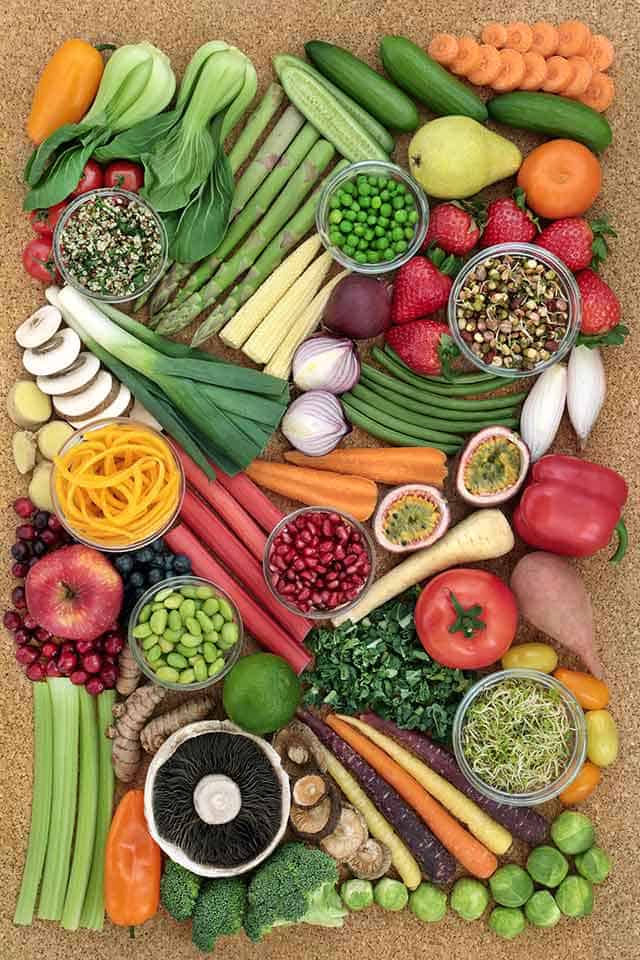
Like most vegetables, cabbage is low in calories and high in fiber. Fiber is an important part of a healthy balanced diet.
In one study that followed more than 1,600 adults for an entire decade, those who had the most fiber were 80 percent more likely to be free of hypertension, diabetes, dementia, depression, and disability than low-fiber consumers.
A 2-ounce (57-gram) serving of sauerkraut contains 2 grams of fiber, not near enough to match the roughly 100-150 grams of fiber scientists estimate the average hunter-gatherer ate from all manner of roots, berries, leaves, and plant foods (as brought to my attention by Max Lugavere in his book, Genius Foods – a must read).
Today, we consume just 15 grams per day on average, with the RDA being 25-30 grams a day. Hence, the need to also consume foods rich in prebiotic fiber: berries, leeks, jicama, kale, sunchokes, avocado, spinach, arugula, garlic, onions, chicory root, unripe bananas, raw nuts, fennel, okra, bell peppers, broccoli, radishes, dark chocolate and sprouts.
These foods will not only do wonders for your gut health, but prebiotic fibers are necessary to feed the millions of microbes that inhabit your gut.
Understanding Carbs and Alcohol
Carbs in Sauerkraut
Just like cabbage, sauerkraut is low in carbohydrates and easy to enjoy abundantly on a keto diet or low-carb diet.
There are 4 grams of carbohydrates in a serving size of 2 ounces (57 grams).
When your sauerkraut includes sweet vegetables like grated beets or carrots, it’s important to note that the fermentation process causes the bacteria to consume the sugars in these vegetables, thus lowering the overall carbohydrate content of the fermented product. Pretty cool.
Alcohol
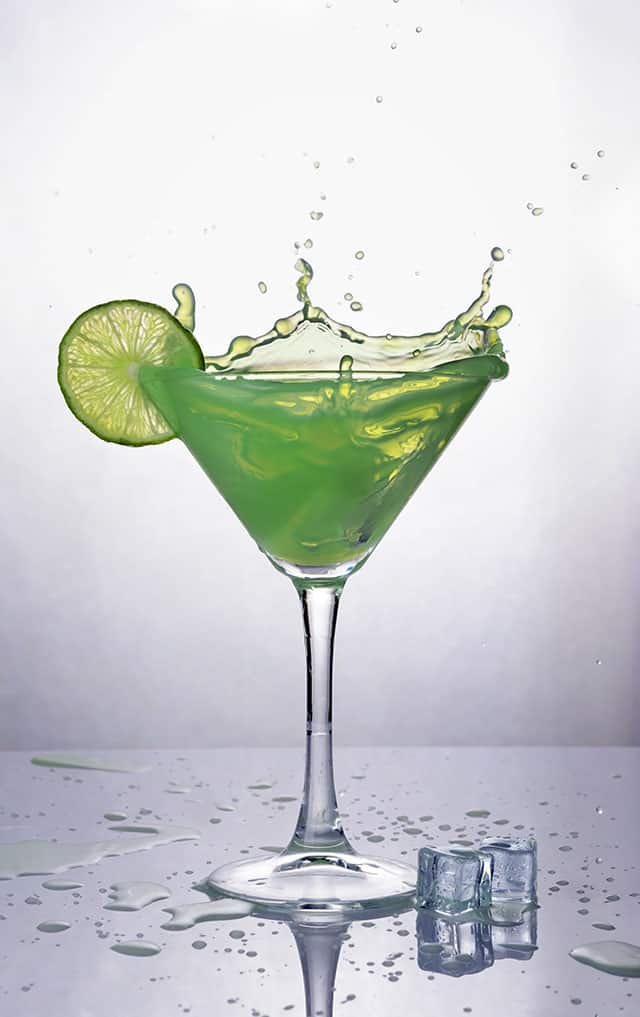
The natural process of vegetable fermentation transforms the small number of sugars (glucose) in your cabbage into lactic acid, carbon dioxide (to keep air out of your ferment), and alcohol (ethanol).
The bacteria then consume most of the ethanol and produce healthy organic acids, such as lactic acid. The amount of ethanol at the end of the fermentation for sauerkraut is so low that actual levels are probably undetectable.
In contrast, the significant amounts of sugar (from added sugars or the fruits used) involved in making fermented fruit chutneys or in fermented fizzy drinks like Ginger Beer, Root Beer, and Kombucha can produce detectable levels of alcohol that have some regulators concerned. [By law, non-alcoholic beverages must contain less than 0.5% alcohol by volume.]
Likewise, if your sauerkraut contains lots of fruit and it ends up tasting “fizzy” or “tingles” on the tongue, there are most likely detectable amounts of alcohol in it.
A Few Things You Will NOT Find in Sauerkraut
If you are avoiding dairy and think you can’t eat lacto-fermented foods, or if you are afraid that you will poison your family by feeding them food left “to rot” on the counter for weeks, read on.
Lactose

You may have seen the term “lacto fermentation” and be concerned about the use of dairy in the fermentation process.
Sauerkraut is produced by lactic-acid fermentation. The terms “lactic” and “lacto” cause unwarranted concern for those avoiding dairy. It’s simply a confusion of similar words.
“Lactic” identifies the type of bacteria that carry out fermentation. “Lactic-acid bacteria” or LAB for short. The term “lactose” identifies a sugar found in milk. There is no lactose in sauerkraut fermented naturally by the wild bacteria already on the cabbage and vegetables.
However, you may see some recipes that call for whey. Whey, the watery substance in yogurt, is rich in the bacteria used to culture yogurt, which some feel is necessary to ferment sauerkraut. Sauerkraut fermented in this way would contain dairy. None of my recipes call for whey.
E. coli, Salmonella, C. Botulinum, and Other Pathogenic Bacteria
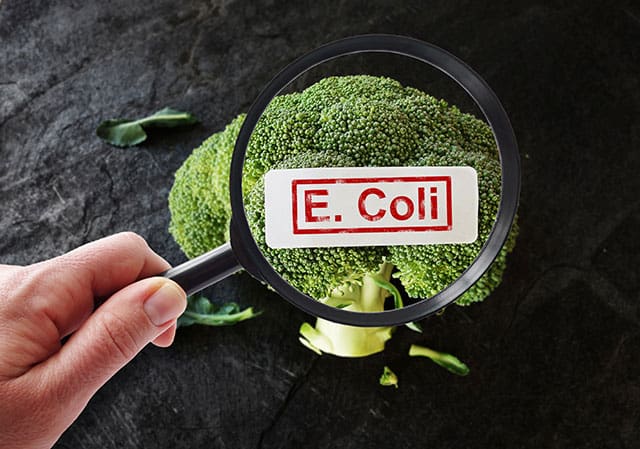
The beauty of fermentation lies in the ability of lactic acid, which forms during fermentation, to create an environment inhospitable to pathogenic bacteria.
Lactic acid bacteria are world-class athletes when it comes to consuming the sugars in vegetables and converting them to lactic acid.
This lactic acid is more effective than other acids (including acetic acid, the acid in vinegar) at destroying pathogenic bacteria, including Salmonella and E. coli. It’s a combination of the acid’s ability to kill bacteria and the low pH created by fermentation that makes fermented foods so safe.
Testing the pH of fermented vegetables is a great way to ensure food safety, especially if you are new to fermentation or experimenting with your recipes.
Many new to fermentation—especially those with experience in hot-water-bath canning—are especially concerned about botulism.
Botulism is an illness that causes varying degrees of paralysis in the body from a toxin produced by Clostridium botulinum. Just like the bacteria responsible for fermentation, C. botulinum is practically everywhere.
It’s only when conditions are right that it grows and makes the toxin responsible for botulism. The germination growth and production of the botulinum toxin are prevented in acidified foods.
While C. botulinum spores do usually survive fermentation, they do not produce the botulism toxin when the pH is below 4.6. Since pH strips can be slightly inaccurate, the safest option is to only consume ferments that give a reading of 4.0 or below.
– Amanda Feifer, “Ask a USDA Microbiologist” in Ferment Your Vegetables: A Fun and Flavorful Guide to Making Your Own Pickles, Kimchi, Kraut, and More.
Hopefully, you are now more than ever motivated to eat some scrumptious sauerkraut.
There are so many delicious ways to add sauerkraut to a meal.
Check here if you need to know how much sauerkraut to eat daily.
And, if you are looking for recipes, here’s an award-winning set to choose from:
How to Make Sauerkraut in a Jar {The Ultimate Beginner’s Guide}
Sauerkraut Recipes to Please Any Palate [Gut Health with Probiotics]
35 MOUTHWATERING Sauerkraut Recipes [Recipe Roundup]
Last update on 2024-04-19 / Affiliate links / Images from Amazon Product Advertising API

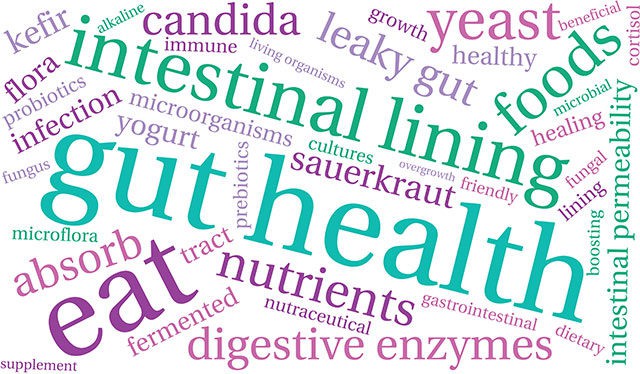

 This post may contain affiliate links which won’t change your price but will share some commission.
This post may contain affiliate links which won’t change your price but will share some commission.